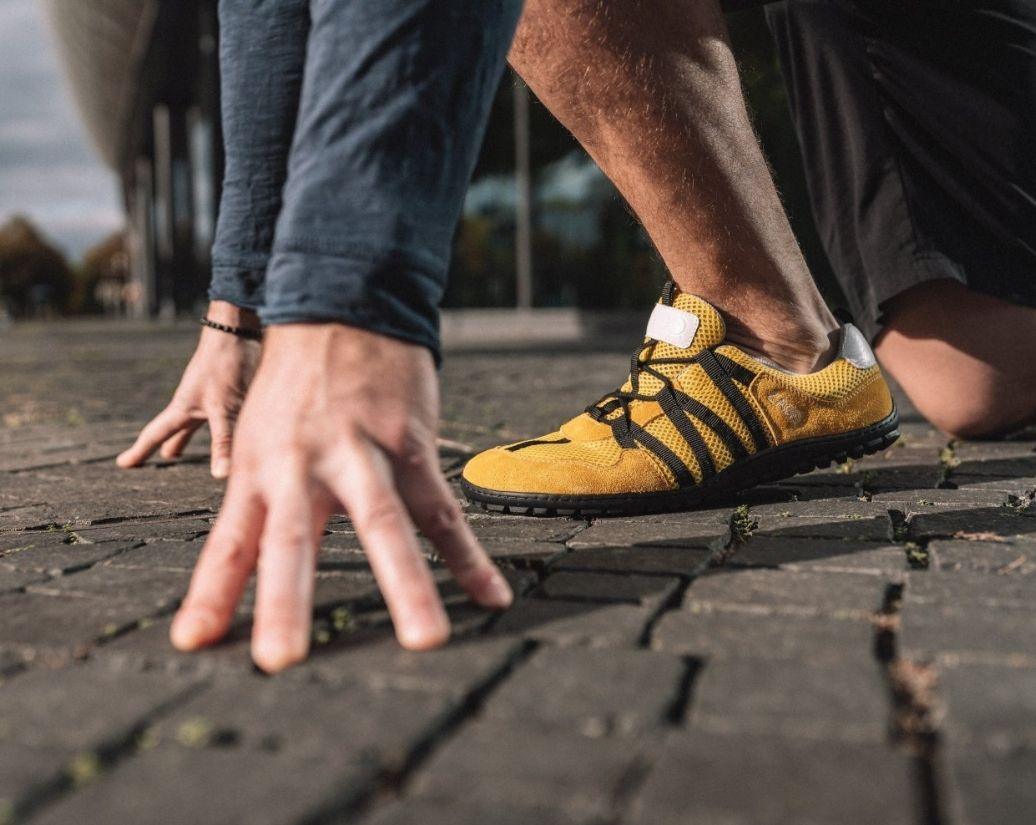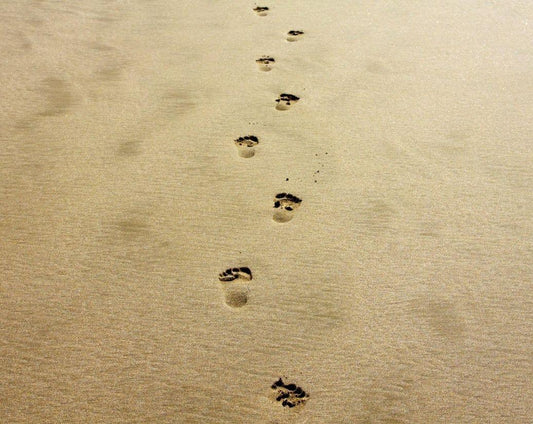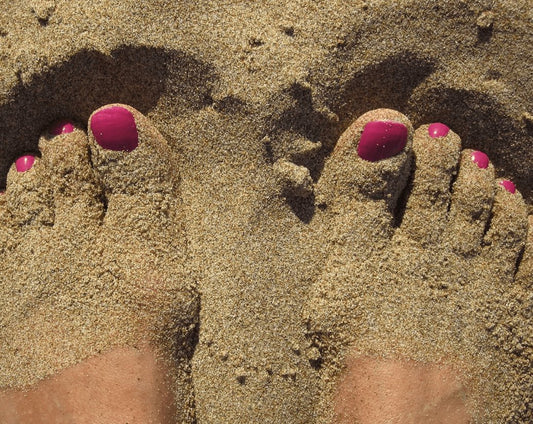Muscle building through wearing barefoot shoes?

It is a widely held belief that walking barefoot or training in barefoot shoes increases the volume of foot and leg muscles. However, there are also many health experts who claim that wearing barefoot shoes has no significant impact on muscle volume.
So what is true? We have looked at various scientific studies on the subject, which we want to discuss in more detail here.
In all studies, the synonymous term for barefoot shoes, namely minimal shoes, is used. Below you will find the specific references to the scientific studies if you want to delve deeper into the topic.
Three studies show muscle growth from wearing barefoot shoes
In a study by Miller et al. 2014, 33 runners were examined, about half of whom switched to minimal shoes as part of the study, while the other half continued their training in their usual running shoes. The study examined the change in musculature after a training period of three months. It was found that the runners with minimal shoes significantly increased their muscle diameter (21% for the short toe flexor, 18% for the small toe abductor).

In another study by Johnson et al 2016, 44 runners were divided into two groups. Half of them, as in the previously mentioned study, switched to minimal shoes, while the other half continued training with their usual running shoes. The group of runners training with minimal shoes showed an increase in muscle diameter at the level of the hallux abductor by 10.6%, while no significant difference was found in the other muscles examined.
In another study by Chen et al. 2016, 47 runners were examined. They were selected based on the following criteria:
- between 20 and 45 years old
- accustomed to normal running shoes
- ran at least 20km per week in the last 12 months
- had not previously trained in minimal shoes or barefoot
These 47 runners were randomly divided into two groups and received a 6-month training program. Before and after the six-month training period, the muscle volume of the feet and legs was measured using magnetic resonance imaging (MRI).
Experimental group:
The participants in this group received a minimal shoe for training. They were to gradually get used to the new shoe. They continued their weekly running training with their traditional footwear.
In addition, the runners had to perform an exercise program with minimal shoes three times a week. The exercises aimed to strengthen the calves and improve dynamic balance.
Control group:
The participants of this group continued as usual in their traditional footwear. However, they had to perform the same strengthening and balance exercises as the experimental group in order to identify any differences between the groups.
Study Results
After six months of training in minimalist shoes, the participants of the experimental group showed a significant increase in the volume of leg and foot muscles.
No difference in muscle volume was found among the participants of the control group before and after the six-month program.

Barefoot shoes have a positive effect on muscle growth
The scientific study results show that muscle volume can increase by wearing minimalist shoes. With minimalist shoes, certain muscle groups are therefore more stressed. Certainly, further studies are required to support the statements of the aforementioned results. However, all three studies show that there is muscle growth when using minimalist shoes.
However, since all three studies show that there is muscle growth, it can be assumed that certain muscle groups are automatically trained when wearing barefoot shoes. And one thing is for sure, those who have a strong muscular system prevent injuries. Thus, minimalist shoes can even reduce the risk of injury.
References:
Miller et al. (2014, Journal of Sport and Health Science):
https://www.sciencedirect.com/science/article/pii/S2095254614000374
Johnson et al 2016, Orthopedics & Biomechanics:
https://pubmed.ncbi.nlm.nih.gov/26509371/
Chen et al. 2016:
https://www.clinbiomech.com/article/S0268-0033%2816%2930067-5/abstract









